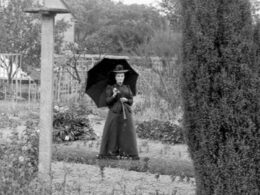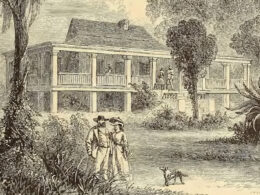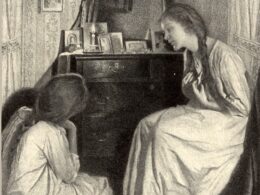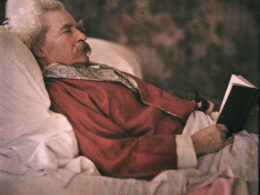Washington Irving (1783–1859)
From Washington Irving: History, Tales and Sketches
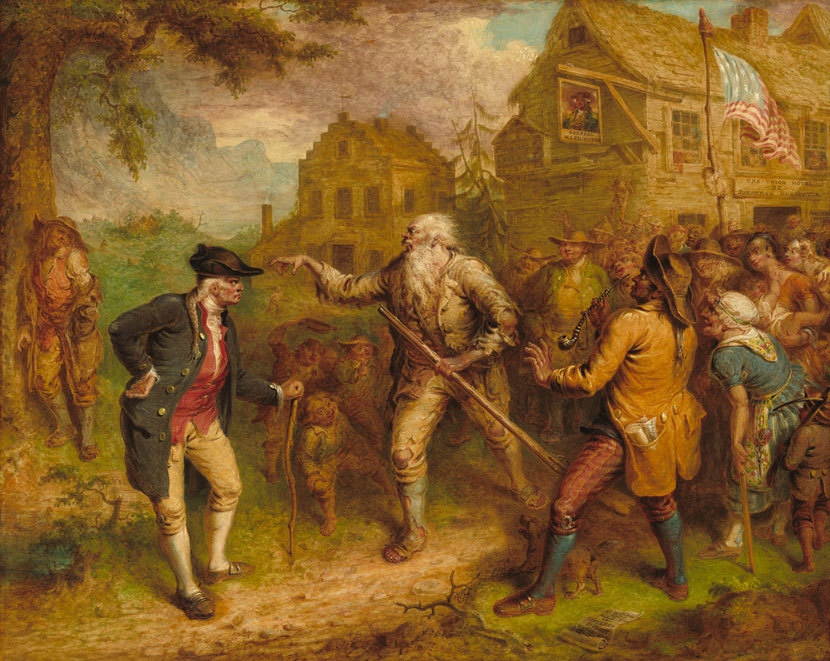
Two hundred years ago today, on June 23, 1819, “Rip Van Winkle” first appeared before the American public. Known to generations of readers through various abridged versions, children’s editions, and cartoonish adaptations, Washington Irving’s classic has been justifiably credited by scholars and critics as the first significant short story in English—or, at least, the “short story” as we know it today.
Virtually every reader knows the plot, but a relatively small cadre of readers have actually read the original. Only on its most superficial level is “Rip Van Winkle” a mere retelling of an old German folk tale, complete with ghost-like Dutch settlers and the infamous magic wine that puts Rip to sleep for twenty years.
The narrator repeatedly introduces reasons to doubt Rip’s “incredible” tale, right up to the story’s last lines admitting that many unhappy husbands might wish to “have a quieting draught out of Rip Van Winkle’s flagon,” so they too could check out of family life. Some readers and critics have suggested that there’s another way to read the story: Rip is really just an early American deadbeat dad, a disheveled drunk who left wife and children, returned weeks after his wife died twenty years later, and (as one scholar puts it) “invented a preposterous story to explain his absence.”
And that’s the power of Irving’s story: unlike the original German legend on which it is based, it allows and encourages more than one interpretation. Read it for yourself and decide what really happened.
